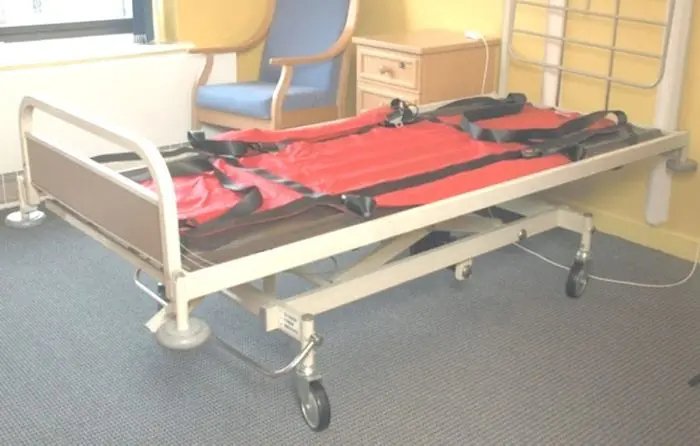Hospitals are places of healing, but they must also be prepared for the unexpected. Disasters like fires, floods, or power outages can disrupt operations and put patients at risk, making emergency planning a critical responsibility. Among the tools available to ensure a swift and safe response, evacuation sheets stand out as a must-have for every hospital emergency plan. These simple yet effective devices can make the difference between chaos and control during a crisis. In this post, we’ll examine why evacuation sheets are essential for hospital emergency preparedness and how they enhance patient and staff safety.
1. What Makes Evacuation Sheets Essential?
Evacuation sheets are specially designed tools that fit under a patient’s mattress, featuring straps or handles for easy transport. Unlike stretchers or wheelchairs, which require transferring patients, evacuation sheets allow staff to move patients directly from their beds. Made from durable materials like reinforced fabric, they are lightweight yet strong enough to handle the demands of an emergency, making them an indispensable asset for hospitals facing unpredictable threats.
2. Enabling Rapid Response in Emergencies
When disaster strikes, speed is everything. Evacuation sheets enable a rapid response by simplifying the process of moving patients out of harm’s way. Staff can secure the straps and slide the patient—mattress included—to safety in seconds, bypassing the delays of traditional methods. This quick action is crucial in situations like fires or gas leaks, where every moment of delay increases danger.
3. Ensuring Safety for All Patients
Hospitals care for a diverse range of patients, from mobile individuals to those who are bedridden or critically ill. Evacuation sheets are uniquely suited to handle this variety, providing a safe evacuation option for everyone. For patients unable to walk or those connected to medical equipment, the sheets ensure they can be moved without compromising their condition, offering a universal solution for patient safety.
4. Simplifying Staff Efforts
In an emergency, hospital staff are under immense pressure to act quickly and efficiently. Evacuation sheets simplify their efforts by reducing the physical strain of patient transport. With fewer staff needed to move each patient and no heavy lifting required, these sheets allow teams to focus on evacuating more people in less time, enhancing overall operational efficiency during a crisis.
5. Integrating Seamlessly into Emergency Plans
A strong emergency plan requires tools that are easy to deploy and integrate into existing protocols. Evacuation sheets fit seamlessly into hospital workflows—they can be pre-positioned under mattresses and require minimal training to use effectively. This ease of integration ensures that hospitals can maintain readiness without overcomplicating their procedures, making them a practical addition to any emergency strategy.
6. Cost-Effective and Space-Saving
Budget constraints are a reality for many hospitals, but evacuation sheets offer a cost-effective solution for emergency preparedness. They are relatively inexpensive compared to other evacuation equipment like specialized stretchers or motorized devices, and their compact design means they don’t require additional storage space. This affordability and practicality make them accessible to facilities of all sizes.
7. Supporting Compliance with Safety Standards
Hospitals are subject to strict safety regulations, including requirements for emergency evacuation capabilities. Evacuation sheets help meet these standards by providing a reliable and efficient method to evacuate patients. Including them in emergency plans demonstrates a commitment to compliance and patient care, potentially reducing legal risks while enhancing the hospital’s reputation for preparedness.
8. Conclusion: A Small Tool with a Big Impact
In the high-stakes world of hospital emergency planning, evacuation sheets prove that small tools can have a big impact. Their ability to enable rapid, safe, and efficient patient evacuations makes them a non-negotiable part of any hospital’s disaster response strategy. By investing in evacuation sheets, hospitals not only protect their patients and staff but also reinforce their resilience against the unexpected. As threats evolve, this must-have tool ensures hospitals are ready to respond when it matters most.

